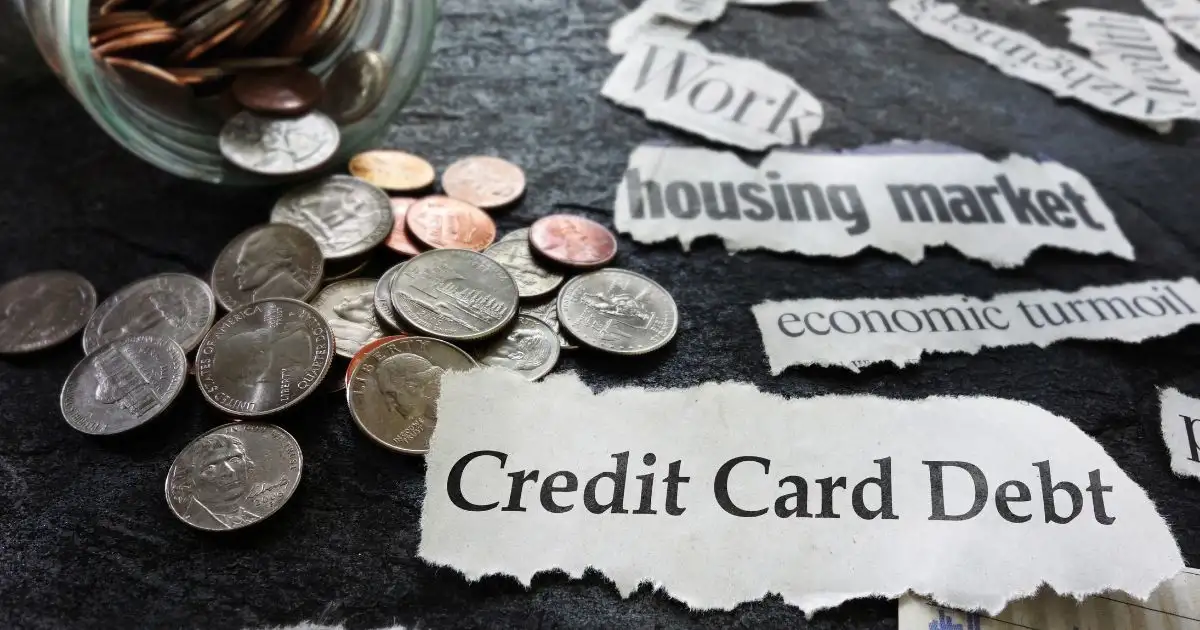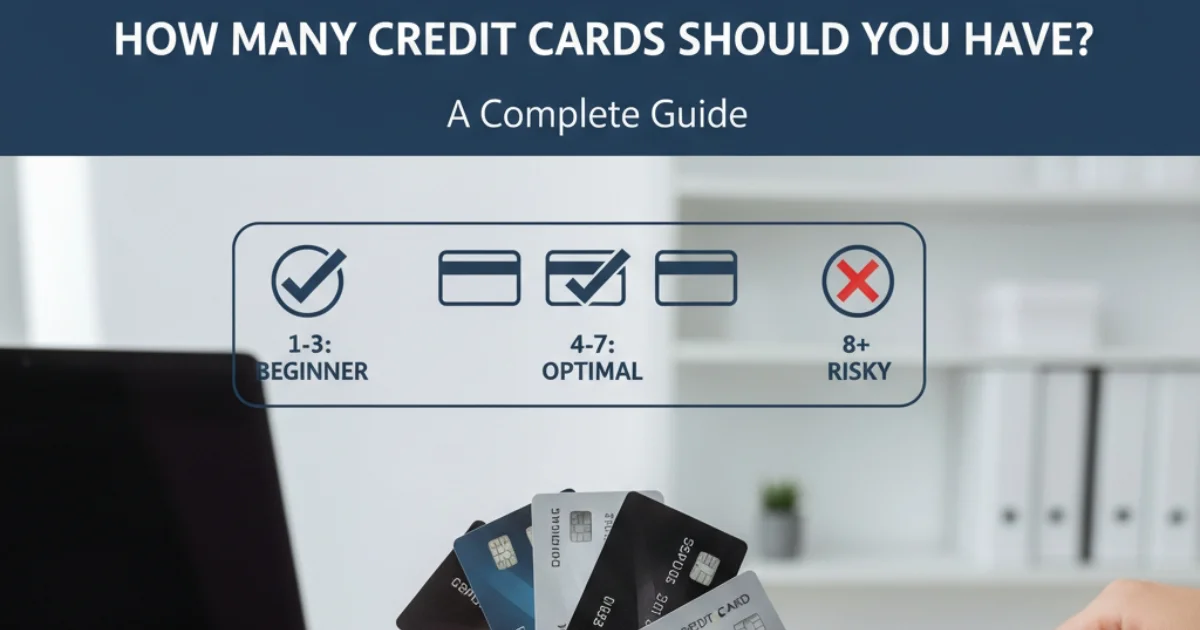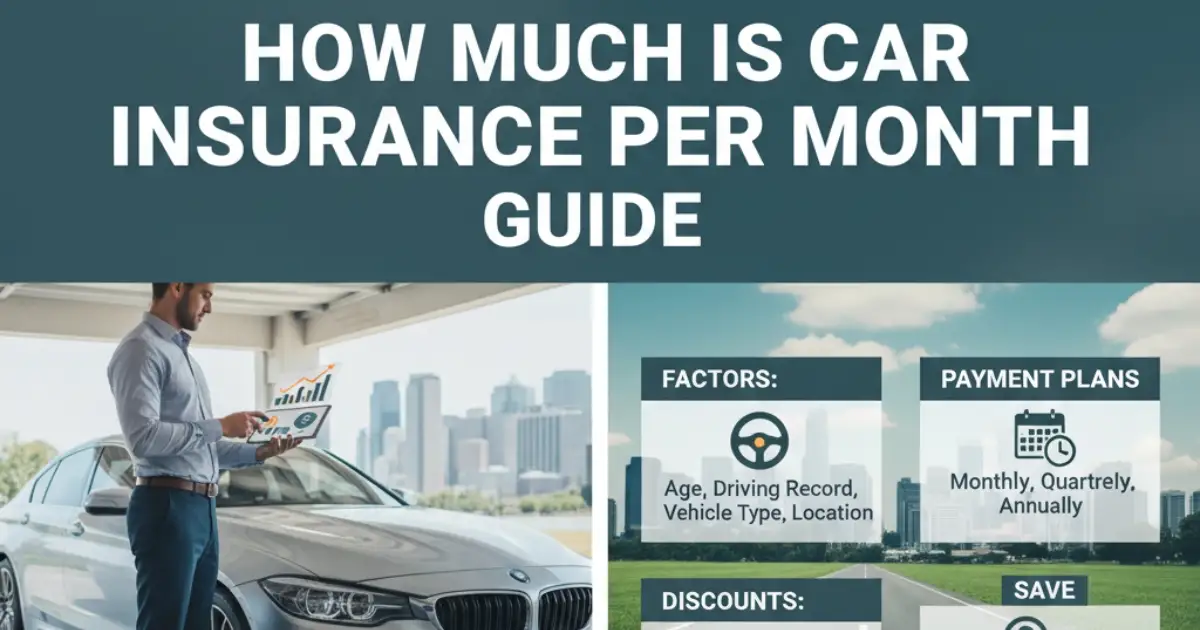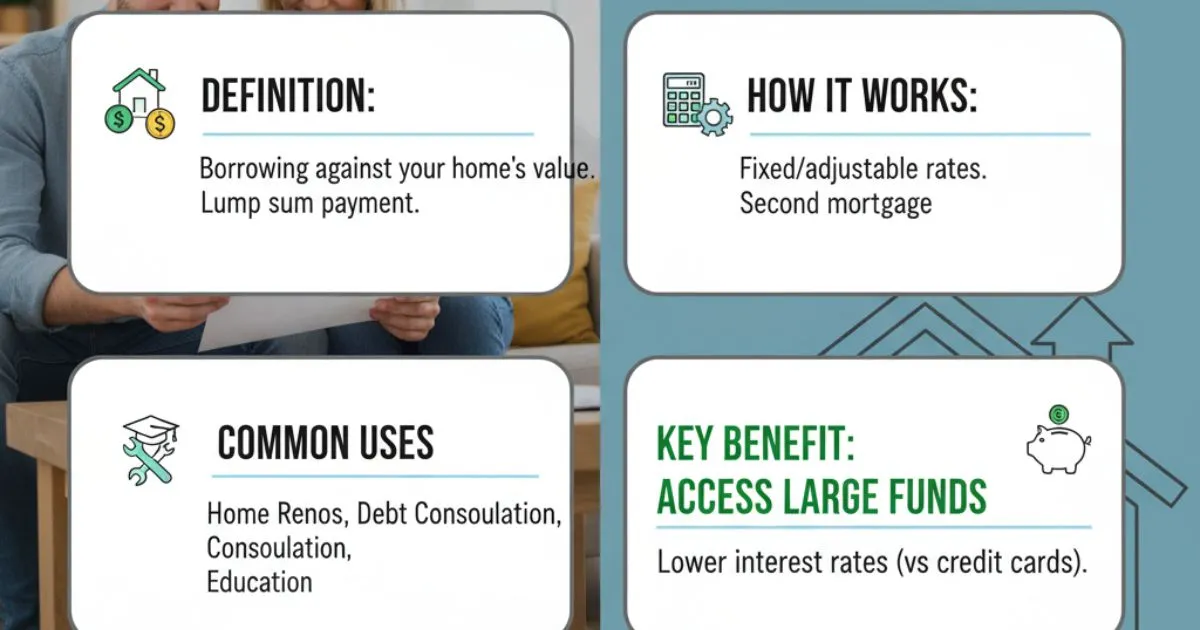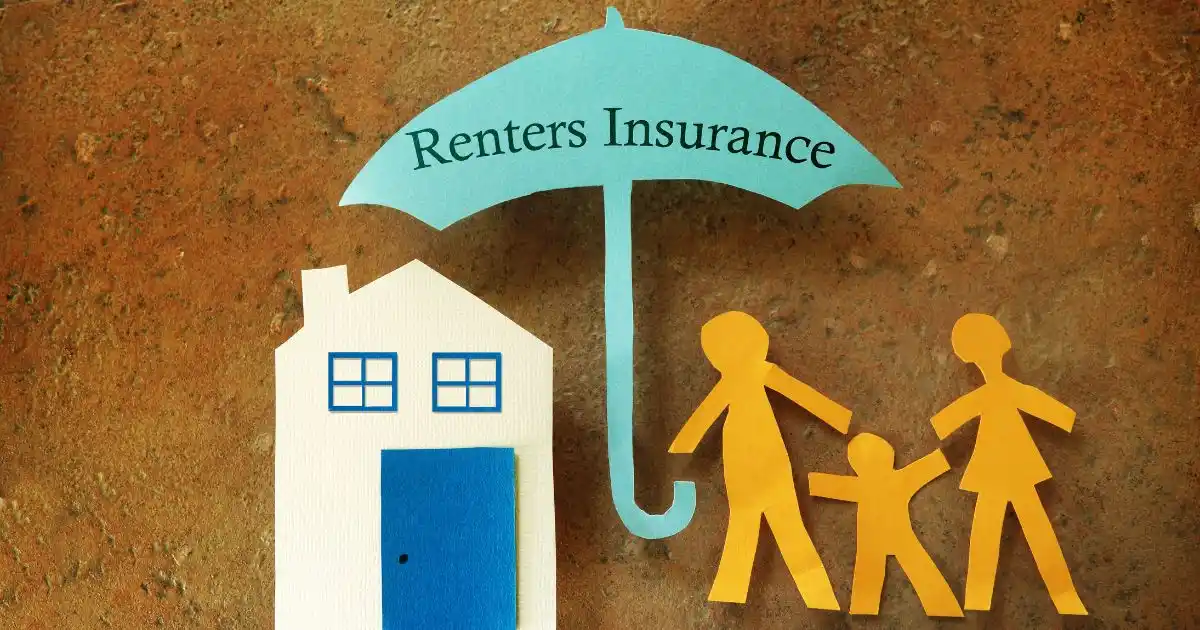Credit card debt can feel like a heavy weight. Many people carry balances that grow month after month because of high interest rates. The good news is that you can take back control. By following the right steps, you can pay off your credit card debt faster, save money, and reduce stress.
This guide will show you simple, proven ways to pay off debt. We’ll explain each step in detail so you can choose the best plan for your situation.
1. Understand Your Debt Situation
The first step is to know exactly what you owe. Many people avoid looking at their credit card statements because it feels scary. But ignoring debt only makes the problem worse.
Start by writing down:
- The balance on each credit card.
- The interest rate (APR) for each card.
- The minimum payment required.
For example, let’s say you have three cards:
- Card A: $2,500 at 20% APR
- Card B: $1,200 at 18% APR
- Card C: $3,800 at 22% APR
Now you can see the full picture. This helps you decide where to focus first.
👉 Why this matters: If you don’t know your numbers, you can’t make a clear plan. Listing everything gives you control and reduces the fear of the unknown.
2. Choose a Debt Payoff Strategy
Once you know what you owe, it’s time to choose a strategy. Two of the most popular methods are the Debt Avalanche and the Debt Snowball.
a) Debt Avalanche Method
With this method, you pay off the card with the highest interest rate first. Make the minimum payments on all other cards, but put any extra money toward the highest APR.
Example:
- Card C has 22% APR. You attack this card first.
- After it’s paid off, move to Card A with 20%.
- Then finish with Card B at 18%.
Benefits: You save the most money on interest and become debt-free faster.
Best for: People who want the most efficient and cost-saving method.
b) Debt Snowball Method
With this method, you pay off the smallest balance first, no matter the interest rate.
Example:
- Card B has only $1,200. You pay it off first.
- Then you move to Card A ($2,500).
- Finally, Card C ($3,800).
Benefits: You get quick wins, which motivate you to keep going.
Best for: People who need encouragement and small victories to stay focused.
👉 Which to choose?
- If saving money is most important, use the Avalanche.
- If motivation is more important, use the Snowball.
Both methods work as long as you stick with the plan.
3. Lower Your Interest Rates
High interest rates make debt grow fast. The more you can reduce them, the easier it is to pay off balances.
Here are a few ways to lower your rates:
- Call your credit card company: Ask for a lower APR. Sometimes they say yes, especially if you’ve been a customer for years or have a good payment history.
- Balance transfer card: Apply for a credit card that offers 0% APR for 12–18 months. Move your balance to this new card. But watch out—there may be transfer fees.
- Debt consolidation loan: Take out a personal loan with a lower interest rate and use it to pay off your credit cards. This turns several payments into one.
👉 Why this matters: Every dollar that goes to interest is a dollar not reducing your balance. Lowering rates speeds up your progress.
4. Cut Expenses and Free Up Extra Cash
Paying debt faster means finding more money each month. That may sound hard, but small changes can make a big difference.
Here are some simple ideas:
- Cancel streaming services you don’t use.
- Cook at home instead of eating out.
- Take public transport instead of driving when possible.
- Sell items you no longer need.
Even small amounts help. For example:
- If you find $100 extra per month and put it toward debt, you can cut years off repayment.
👉 Why this matters: Every extra payment goes straight to the balance, reducing interest and helping you get debt-free faster.
5. Automate and Stay Consistent
Consistency is the secret to paying off credit card debt. The easiest way to stay consistent is by automating payments.
- Set up automatic payments for at least the minimum due. This avoids late fees and protects your credit score.
- Add extra payments when you can. Paying weekly instead of monthly can also save on interest.
- Track your progress. Use a simple spreadsheet, notebook, or budgeting app. Watching your balance go down keeps you motivated.
👉 Why this matters: Automation builds discipline. You don’t have to rely on memory or willpower—it happens automatically.
6. Avoid Adding New Debt
Paying off debt is hard if you keep using your cards. Imagine trying to fill a bucket with holes—it will never get full.
Here’s how to stop adding new debt:
- Put your credit cards away. Some people even freeze them in a block of ice!
- Use a debit card or cash for everyday spending.
- Build a small emergency fund so you don’t rely on credit when surprise bills come up.
👉 Pro Tip: Keep one card for true emergencies, but don’t carry it with you. This reduces the temptation to spend.
7. Seek Professional Help if Needed
Sometimes debt feels too big to handle alone. If you are falling behind on payments or struggling to manage, ask for help.
- Nonprofit credit counseling agencies: They can give free advice, create a budget, and may negotiate lower rates with creditors.
- Debt management plans: These allow you to make one payment each month to the agency, and they pay your creditors for you.
- Legal options: In extreme cases, debt settlement or bankruptcy may be discussed. These are last resorts but can provide a fresh start.
👉 Why this matters: Professional help provides guidance and relief when you can’t manage alone. You don’t have to fight this battle by yourself.
Example: Paying Off $5,000 in Credit Card Debt
Let’s say you have $5,000 on one card at 20% APR.
- If you only pay the minimum ($125), it may take over 4 years to pay off, and you’ll pay thousands in interest.
- If you pay $275 each month ($125 minimum + $150 extra), you’ll be debt-free in about 18 months and save a lot in interest.
This shows how powerful extra payments can be.
Conclusion
Paying off credit card debt takes effort, but it is possible. Start by understanding your debt. Choose a strategy that works for you, whether it’s the Avalanche or Snowball. Lower your interest rates, cut spending, automate payments, and avoid new debt. If needed, get professional help.
Every step brings you closer to freedom. The key is to take action today. The sooner you start, the sooner you’ll break free from debt and take control of your financial future.
FAQs About Paying Off Credit Card Debt
1. What is the fastest way to pay off credit card debt?
The fastest way is the Debt Avalanche method—paying off the highest interest card first. Adding extra payments speeds it up.
2. Is debt consolidation a good idea?
Yes, if you can get a lower interest rate than your cards. But you need to stop using the cards afterward, or you may end up with more debt.
3. Should I close old credit card accounts after paying them off?
Not always. Keeping accounts open can help your credit score because it shows a longer credit history. Just avoid using them if you don’t trust yourself.
4. How long will it take to pay off debt?
It depends on your balance, interest rate, and how much extra you pay. The more you pay above the minimum, the faster you’ll be debt-free.
5. Can credit counseling hurt my credit score?
No. Talking to a counselor won’t hurt your score. If you join a debt management plan, your score may dip at first, but it usually improves as you pay down debt.

